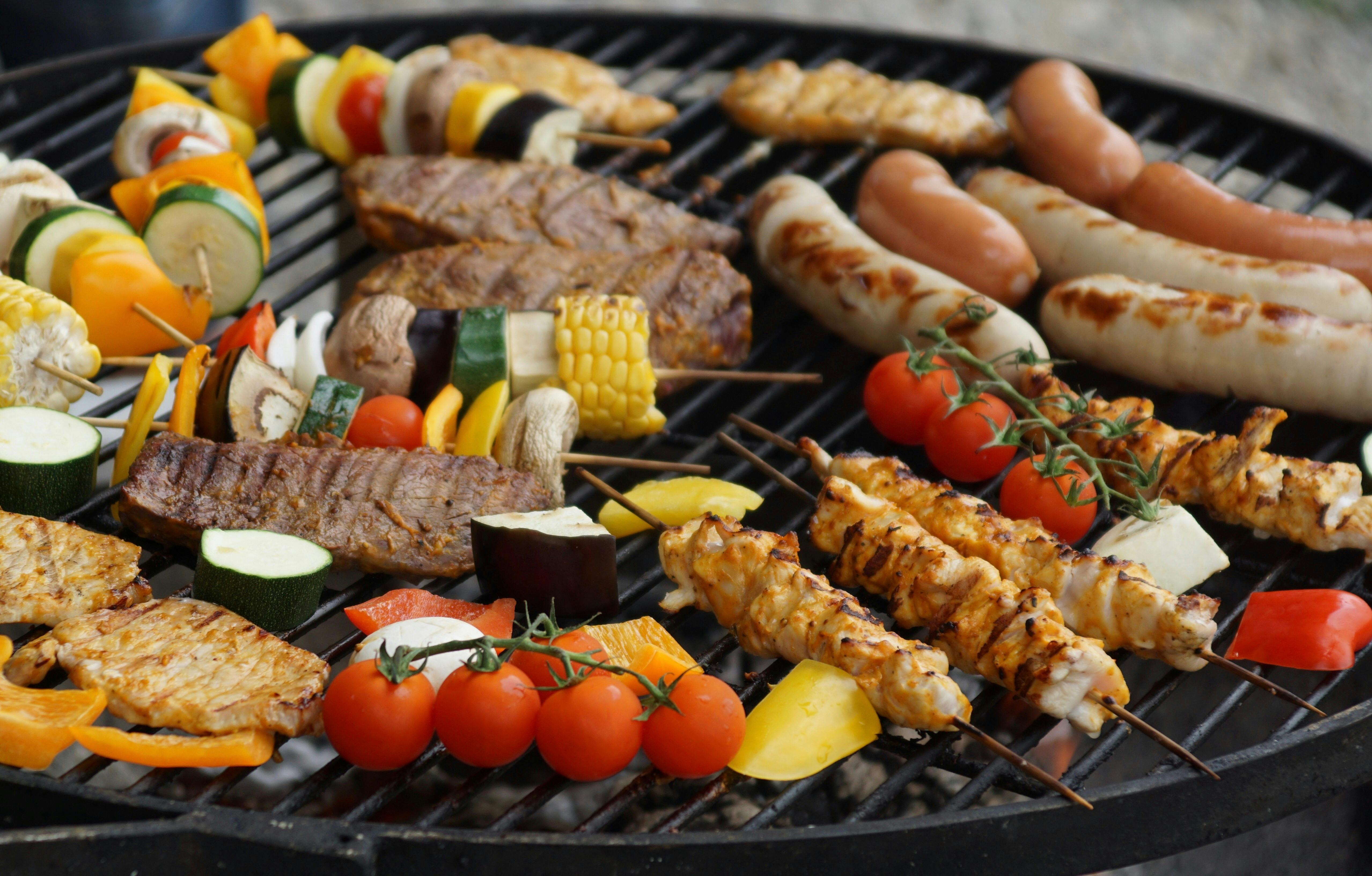Sobre a Dica Sem Segredo
Na Dica Sem Segredo, somos apaixonados por churrasco artesanal. Oferecemos acessórios e equipamentos premium que combinam qualidade, durabilidade e design rústico, perfeitos para elevar sua experiência na grelha.

Transforme Seu Churrasco em uma Experiência Inesquecível com acessórios premium para churrasqueiros que buscam qualidade, durabilidade e sabor autêntico.
Descubra Nossa LojaNa Dica Sem Segredo, somos apaixonados por churrasco artesanal. Oferecemos acessórios e equipamentos premium que combinam qualidade, durabilidade e design rústico, perfeitos para elevar sua experiência na grelha.

Facas que perdem o fio, grelhas que enferrujam e tábuas que racham comprometem o resultado do seu churrasco.
Combustíveis e temperos de má qualidade afetam diretamente o sabor e a experiência do churrasco.
Conteúdo confiável sobre técnicas e uso de equipamentos é difícil de encontrar, deixando churrasqueiros perdidos.
Nossos acessórios são feitos com materiais de alta qualidade, como aço inoxidável, madeira nobre e couro, garantindo durabilidade e um visual sofisticado. De facas forjadas a grelhas personalizadas, cada produto é pensado para elevar sua experiência na grelha.
Nosso blog oferece guias práticos, receitas e reviews para você dominar a arte do churrasco e impressionar seus convidados.

Produtos artesanais feitos com materiais duráveis, como aço inoxidável e madeira nobre, para um churrasco impecável.
Do preparo à apresentação, nossos kits oferecem tudo o que você precisa para um churrasco memorável.
Nosso blog traz dicas, receitas e reviews para você se tornar um mestre do churrasco.
Cadastre-se gratuitamente e receba dicas exclusivas, receitas e novidades sobre churrasco artesanal!
Cadastro realizado com sucesso!
Sim! Nossos produtos são feitos com materiais premium, como aço inoxidável e madeira nobre, garantindo durabilidade e resistência.
Sim, todos os nossos produtos possuem garantia contra defeitos de fabricação. Consulte os detalhes na página do produto.
Nosso blog é gratuito e está disponível no site, com dicas, receitas e reviews atualizados regularmente.

"A 'Tábua de Corte em Madeira Maciça de Ipê' que comprei aqui é incrível! Linda, resistente e perfeita para preparar carne. Já usei em vários churrascos, e continua nova. A loja realmente oferece produtos top para quem ama churrasco."
Chef de Cozinha

"Comprei a 'Faca de Churrasco com Lâmina de Aço Carbono e Mango de Madeira de Ipê' nesta loja, e é fantástica! A lâmina é afiada, o mango é confortável, e corta carne com facilidade. Adoro o visual rústico; parece de alta qualidade. Recomendo!"
Repositor de Mercadorias

"A 'Grelha de Ferro Fundido para Churrasco' transformou meus churrascos! Retém calor bem, a carne fica com sabor incrível. É pesada, mas vale cada centavo. Estou muito feliz com a compra e com o atendimento da loja."
Açougueiro

Apaixonado por churrasco, Carlos é nosso especialista em técnicas e equipamentos, trazendo anos de experiência para ajudar você a dominar a grelha.